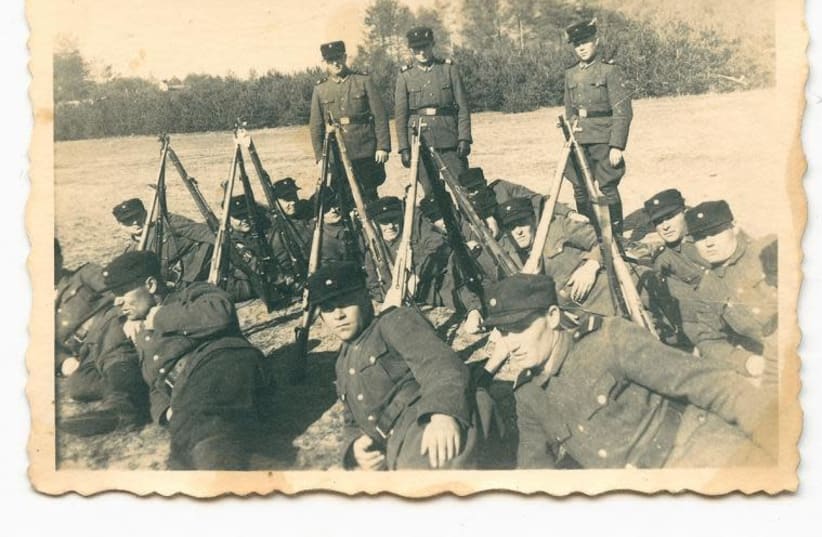Museum releases possible photo of ‘Ivan the Terrible’ Demjanjuk at Sobibor
Once top of the Nazi-hunting Simon Wiesenthal Center's list of most wanted Nazi criminals, Demjanjuk said he was drafted into the Soviet army in 1941 and then taken prisoner by the Germans.
